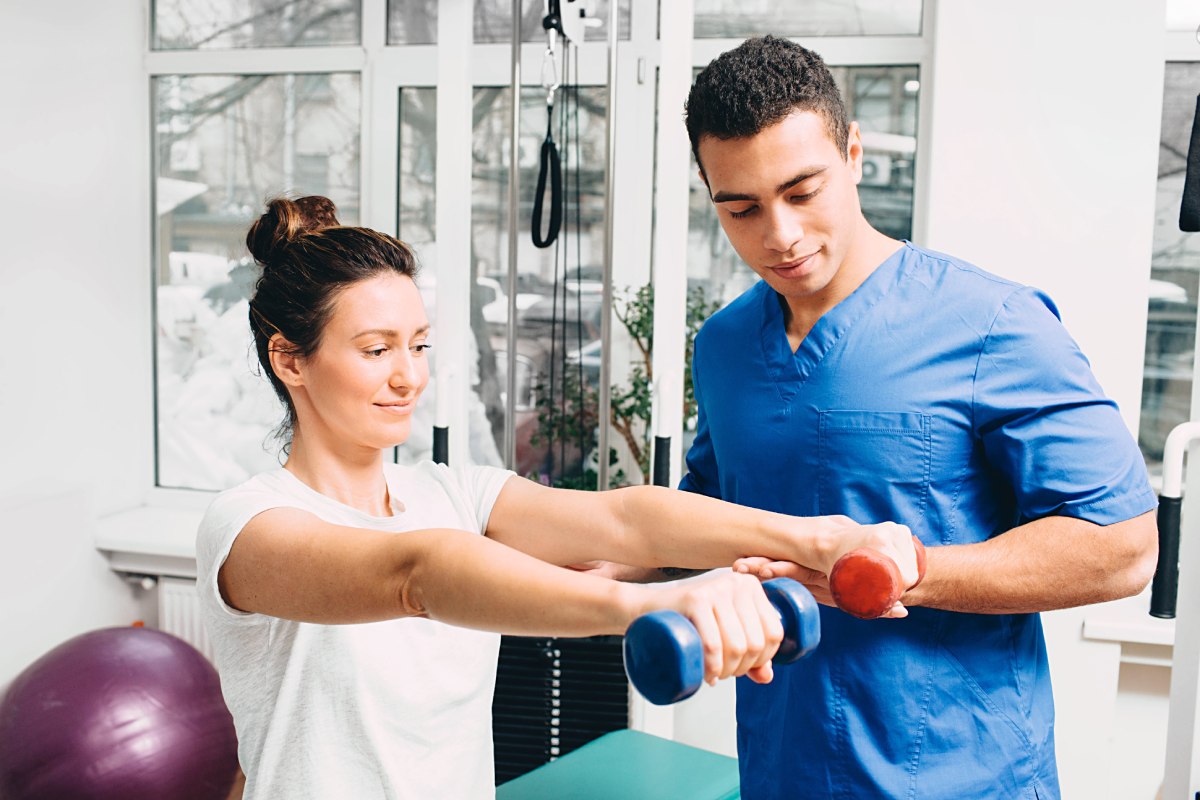Comprehending different Methods toward Physiological Rehabilitation for Improved Restoration as well as Recovery
Comprehending different Methods toward Physiological Rehabilitation for Improved Restoration as well as Recovery
Blog Article
Physical therapy serves as a important component of rehabilitation and recovery for many patients. This helps people restore power, improve flexibility, and alleviate soreness after traumas or operations. There are techniques to physiological therapy, every tailored to meet the specific needs of individuals. Comprehending these different techniques can assist individuals form knowledgeable determinations about their rehabilitation path.
A frequent technique to physiological therapy is physical rehabilitation. This approach entails hands-on therapy by a physical specialist to adjust muscles and connections. Manual treatment can assist relieve soreness, improve vascular health, and boost mobility. Therapists may utilize methods such as kneading, connection movement, and stretching to help individuals heal. This technique is frequently advantageous for those with skeletal problems, such as lower back discomfort or arthritis, as it centers on the physical components of recovery.
Another crucial method is restorative physical activity. Such method includes targeted exercises crafted to improve strength, stability, and control. Physical practitioners design customized movement regimens based on the client's condition and objectives. These exercises can vary from easy actions to increasingly advanced exercises. Therapeutic physical activity is essential for restoring vigor after an injury and preventing future issues. This also aids patients restore confidence in their bodily skills, which is vital for total rehabilitation.
Aquatic therapy is another effective approach that uses aqua to support in healing. Such technique takes advantage of the support of aqua, which lessens the stress on articulations and allows for more comfortable activity. Individuals can execute movements in a swimming pool, making it a fantastic choice for those with constrained movement or soreness. Pool treatment can aid enhance power, range how physical therapy helps recovery of motion, and stamina while offering a supportive environment for recovery. This is especially advantageous for clients rehabilitating from procedures or those with long-term discomfort issues.
In conclusion, learning and autonomy are essential elements of physical therapy. Bodily specialists not just provide treatment but also instruct individuals about their situations and how to manage them. This comprises grasping physical function, posture, and the value of being engaged. By enabling individuals with information, practitioners help them adopt an engaged part in their healing. Such method encourages clients to persist their recovery outside care meetings, resulting to better long-term effects.
In conclusion, physical treatment provides various approaches to boost healing and recovery. Manual treatment, rehabilitative exercise, pool treatment, and learning all serve crucial parts in assisting patients restore their strength and flexibility. Every method is designed to satisfy the individual requirements of clients, guaranteeing a holistic approach to rehabilitation. Through understanding these different techniques, clients can more effectively navigate their healing path and endeavor towards reaching their rehabilitation objectives.